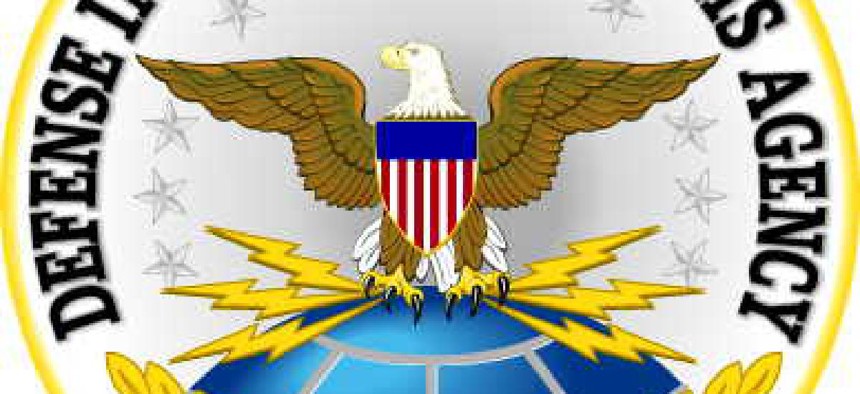DISA execs detail 2013 tech agenda

In the new year, DISA will have a key role in finding and implementing shared IT services across DOD.

Leadership at the Defense Information Systems Agency is focusing on areas critical across the Defense Department in 2013, including enterprise services, mobility and security – and how best invest resources amid growing budget pressures.
Already acting as DOD’s cloud broker, DISA will have a key role in finding and implementing shared IT services across the department. The agency will also be relying on industry for innovation, officials said speaking at an AFCEA DC panel Jan. 7 in Arlington, Va.
“We have a long history of trying to bring capabilities to the warrior securely,” said Dave Mihelcic, DISA CTO. “The focus is leveraging the leading edge of commercial techs and putting those together in a manner that supports the warfighter. We want to continue this trend. We’re not trying to reinvent the wheel – we’re trying to exploit the best wheel out there.”
Mihelcic said particular areas of focus in 2013 will include unified communications, cloud computing, mobility and novel approaches to development. Spiral, agile and collaborative development will be particularly important as government investment in those areas becomes scarcer, he noted.
DOD’s overall push to decrease IT budgets is propelling DISA’s efforts, Mihelcic said. He’s particularly concerned about decreasing budgets in research, development, testing and evaluation.
We’re not trying to reinvent the wheel – we’re trying to exploit the best wheel out there. -- Dave Mihelcic, DISA.
“We’re not going to have money to do things on our own. We’re going to be looking at industry,” he said. DISA’s enterprise approach will include evaluating how DOD agencies’ current resources can be shared and implemented in broader capacities – without a lot of new funding, officials said. Mark Orndorff, DISA chief information acquisition executive and program executive officer for mission assurance and network operations, said mobility and the cloud brokerage are examples of new things to address.
“They are bringing in challenges that we don’t have current technical solutions in place for,” he said. “So we’re looking at the architecture we have today and seeing how it can be extended to the appropriate new capabilities.”
One of the primary efforts at the moment is to look across the entire DOD structure and determine where best to use the technologies, he said.
Not surprisingly, security is a top priority for the agency, whether it is related to cyberspace, emerging cloud computing programs or nascent bring-your-own-device initiatives at DOD. The security piece is a particular challenge because of its varying dynamics and competing interests, officials said.
“There are some tough, tough challenges – what’s the optimum security architecture?” Orndorff said. It is a problem further complicated by layers created by the different services and their components, as well as the various levels of security clearances involved, he and the other panelists noted.
The DISA officials said there currently are pilot programs under way to explore best approaches to these challenges. One currently in place at the National Security Agency is testing out cloud security using virtual environments that help determine how data classified at different levels is accessed by users with varying levels of security clearances, Orndorff said.
“We have so much capability and it’s positioning us to stay ahead of the threat,” he said. “Have we thought it through and applied ourselves in a way that we should so we can leverage that and make the most out of it? We have so much we can be doing [that] we just haven’t fully leveraged. That keeps me up at night.”
It remains to be seen whether pilots like the one at NSA will be suitable for broader deployment, but that is the strategy behind much of what DISA will be doing in 2013: finding creative ways to be efficient at the enterprise level, the officials said.
“It’s very important to be able to bring DISA’s perspective ... that will help DOD better [take advantage] of DOD-wide services. There are both efficiencies and a common approach that can improve security ... and there’s a broader range of enterprise service options,” said Jennifer Carter, DISA component acquisition executive. “That allows DOD to take advantage of those both to make capabilities more cost-effective and to insert technology more quickly. That’s what we’re trying to get to ... to make sure we can stay current with technology as industry advances.”
NEXT STORY: How to fix bad agency websites





